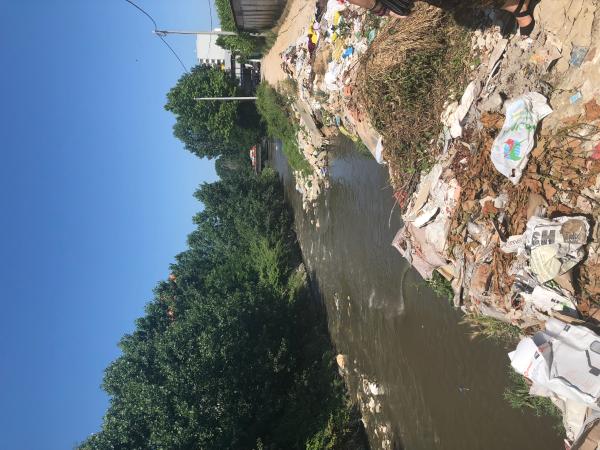The EU bank makes its first Albania urban development loan to the country’s capital with its Economic Resilience Initiative
For most of the second half of the 20th century, Albania was cut off from the international community. With most properties owned by the state, the end of communism lead to a chaotic privatisation of buildings and a lot of illegal construction. This was especially the case in the country’s capital, Tirana, where many illegal buildings went up on the banks of the Lana River in the late 1990s.

“Many people moved to the area in the Nineties, when the city wasn’t as developed,” says Henrik Hysenbegasi, a city native working for the Tirana municipality. “As the city expanded, this area became quite central. However, it remained underdeveloped.”
Recently, the city decided it’s time to plan its urban space. With the help of the European Investment Bank, the city aims to reinvigorate the Lana riverfront.
This is the first time the European Investment Bank is financing an urban development project in the Western Balkans. Besides cleaning up the river, the project will reorganise streets and urban infrastructure near both banks. The financing includes an €8 million EIB loan, €2.4 million from donors and a technical assistance grant worth €500 000.
The donor money and the technical assistance grant come from the European Investment Bank’s Economic Resilience Initiative, which aims to better prepare the Western Balkans for shocks to its economy related to issues such as natural disasters or migration.
“The project supports the goals of the Resilience Initiative, as it will deliver benefits to around 65 000 people,” says Guido Clary, the European Investment Bank loan officer working on the project. Clary added that the project will improve Tirana’s sanitary and health conditions and ultimately enhance the quality of life for its citizens.
The area is at a high risk of flooding, so residents are under constant threat. “An additional benefit of the project is that the municipality is concurrently resettling 1 100 inhabitants through a social housing programme,” says the municipality’s Hysenbegasi.
Tirana’s population has grown from 200 000 in 1992 to 800 000 today. Because of this rapid expansion, a lot of waste and construction material was dumped in the river, making it highly polluted.
“Now after 28 years, we’ll finally have a clean river in the city centre again,” Hysenbegasi says.
